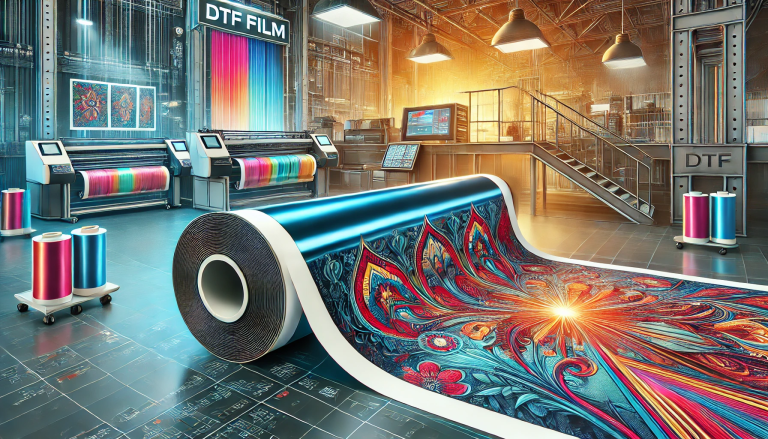“Preserving the Past: Exploring Direct-to-Film Transfers” -MAXDTF- UV DTF Adhesive Transfer Film Supplier, UV Magic Film Manufacturer, Made in China
In the world of filmmaking and cinematography, technological advancements have continually reshaped the landscape of visual storytelling. One intriguing method that has garnered attention is the “Direct-to-Film Transfer.” This process bridges the gap between the analog and digital realms, offering a fascinating intersection of old and new techniques in filmmaking and preservation.
What is a Direct-to-Film Transfer?
A direct-to-film transfer, also known as a DTF transfer, involves taking a digital source, like a video file, and directly imprinting it onto traditional film stock. This method has found a place in the hearts of filmmakers, archivists, and cinephiles alike as it marries the convenience of digital technology with the timeless charm and tangibility of celluloid film.
In a typical direct-to-film transfer process, a high-resolution digital source is meticulously transferred onto film stock using laser or light exposure techniques. This process can be achieved through specialized equipment that creates a one-to-one replication of the digital source onto the physical film. The result is a frame-by-frame recording that can then be projected on traditional film projectors, yielding a unique visual quality that merges the characteristics of digital clarity and film’s inherent texture.
Preservation and Nostalgia
One of the most compelling aspects of direct-to-film transfers is their role in the preservation of cinematic history. Countless films, particularly those from the earlier decades of cinema, were shot on celluloid and have been at risk of degradation over time. By transferring digital versions of these films onto film stock, archivists can create a stable and enduring medium for preservation. This process not only ensures the survival of these cinematic treasures but also reintroduces them to audiences in a format that captures the essence of the original viewing experience.
Moreover, direct-to-film transfers evoke a sense of nostalgia and reverence for the bygone era of filmmaking. The inherent characteristics of film stock – the grain, the texture, and the subtle imperfections – resonate with cinephiles who appreciate the organic and tactile nature of traditional filmmaking. This method allows newer generations to engage with classic films in a manner that’s both authentic and novel, bridging the gap between cinematic history and modern technology.
Artistic Possibilities
While direct-to-film transfers often serve as a tool for preservation and homage, they also open up intriguing artistic possibilities. Filmmakers can experiment with this process to create unique visual effects, stylistic choices, and storytelling techniques. The combination of digital precision and film’s inherent analog qualities can result in visuals that are both strikingly modern and evocatively classic.
Imagine a contemporary filmmaker using a direct-to-film transfer to recreate the look and feel of a silent film or a vintage technicolor production. This method allows them to tap into the aesthetics of the past while maintaining the creative freedom and convenience of digital filmmaking.
Challenges and Limitations
While direct-to-film transfers offer a plethora of benefits, they also come with challenges and limitations. The process can be technically demanding, requiring specialized equipment and expertise. Additionally, the cost of film stock and the transfer process itself can be substantial, making it less accessible for smaller budget projects.
Furthermore, the quality of the final product is influenced by the resolution and quality of the digital source. Transferring a lower-resolution source onto film may result in diminished visual quality, limiting the potential benefits of the process.
Conclusion
In a rapidly evolving digital age, the practice of direct-to-film transfers stands as a unique intersection of technology, preservation, and artistry. This method allows filmmakers and archivists to bridge the gap between the past and the present, paying homage to the history of cinema while exploring innovative ways to tell stories. Whether used for preservation, artistic experimentation, or a blend of both, direct-to-film transfers continue to captivate the imagination of cinephiles and filmmakers alike, offering a tangible link to the magic of celluloid while embracing the convenience of the digital era.



